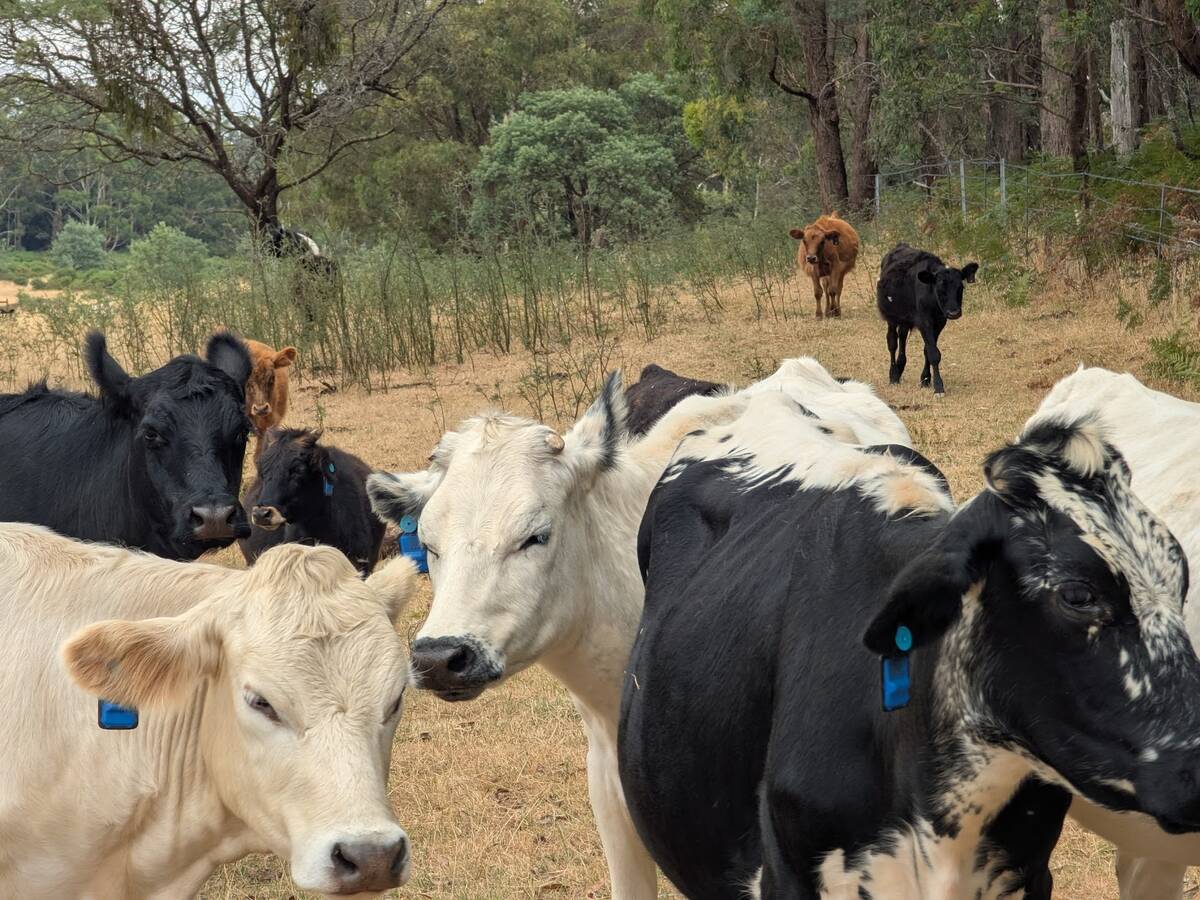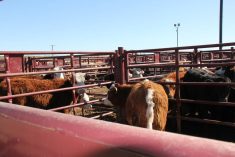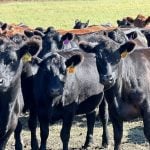For the past 70-plus years, forage scientists and grazing extension specialists have been promoting different forms of rotational grazing to cattle producers in various parts of the world.
It all started with Andre Marcel Voisin (Jan 7, 1903 – Dec 21, 1964) a French biochemist and farmer and author of Rational Intensive Grazing. On his farm, he observed how cattle grazed and he developed four universal laws of rational grazing.
The First Law requires a rest period before the pasture sward is grazed. This allows the forage plant to build root reserves which are necessary for regrowth.
Read Also

Australian company brings ear-tag tech to Canadian pastures
With Smart Paddock, beef farmers and ranchers can track their cattle through GPS technology
The Second Law is not to graze the regrowth too soon. The time cattle are in a paddock should be sufficiently short so as not to graze at the start of the regrowth.
The Third and Fourth Laws state that the animals with the greatest nutritional requirements should graze the best-quality forage and for top-quality forage, cattle should be moved often to the next paddock.
The internet has all sorts of information on Voisin and his well-read book on grazing management. You might want to have a look.
So, what does this all mean to Canadian beef producers? This past summer, Agriculture and Agri-Food Canada, Natural Resources Canada and Environment and Climate Change Canada announced their Agricultural Climate Solutions On-Farm Climate Action Fund (OFCAF), which promotes the adoption of rotational grazing practices across Canada. The program is to financially help producers to lower greenhouse gas emissions on their grazing operations.
By managing pastures and rangelands with rotational grazing, and controlling the timing and intensity of grazing, producers can maintain younger forage plants that are more easily digested by the animal. The increased feed efficiency by grazing younger plants reduces methane emissions from enteric fermentation in the rumen. In addition, the forage plants can build root mass in the soil, allowing them to store more carbon. Cattle producers who have implemented some form of rotational grazing see this grazing system as a way to improve their profitability while benefiting the health of the ecosystem.
The On-Farm Climate Action Fund will help producers finance the development and implementation of an advanced grazing management plan. The costs of new cross fencing and watering systems to improve grazing management are eligible as well as pasture seeding with legumes to improve pasture composition and the creation of a grazing management plan. There is an upper limit to the amount of funding that is available for each project.
Basically, the funded practice must be something new to your operation or an expansion of a rotational grazing practice that you currently use. In most cases, the new rotational grazing application must come with a rotational grazing plan endorsed by an agronomist, agrologist or certified crop advisor.
There are all sorts of information sites on the internet to help producers with their grazing system improvements. The Canadian Forage and Grasslands Association (CFGA) has a wealth of information to help producers plan their rotational grazing system.
“Learning in the agricultural sector requires different resources for different people at different times of the year,” says Cedric MacLeod, CFGA executive director. “CFGA has created opportunities to learn that work with farmers’ operations and schedules. The advanced grazing system course revolves around the rotational grazing plan, since without a plan it is very difficult to know where the fences will go, how much material is required or how long it might take to install a system that will work for their farm.”
CFGA has an online learning module on advanced grazing management where producers can learn at their own pace.
“Some farmers may wish to have a little more support and choose to attend a workshop or grazing club implemented at a local level. We have been working with our provincial partners to ensure that producers can find these learning opportunities. In some cases, it may be a traditional extension agent and in other cases, it may be grazing mentors that host the session.”
Producers developing a rotational grazing plan might have specific questions for their operation, MacLeod adds. In Alberta, B.C., Quebec and Saskatchewan, mentors can devote more time to help producers plan, under the On-Farm Climate Action Fund-supported programs.
“However, we strongly suggest in all cases that the producer’s insight is critical to developing a useful plan. They know their land and their operation better than anyone and the CFGA networks of personal support and learning materials can hopefully support that planning process,” says MacLeod.
The Canadian Forage and Grasslands Association has developed a very good best management practices manual, The Forage BMP Manual, for forage and pasture/rangeland production.
In addition, most provinces and local forage associations across Canada have information on rotational grazing on their websites.
Each province has a different agency that is administering the rotational grazing funding and their application deadlines differ. Often these agencies will sponsor a webinar on what you need to know in filling out your funding application. Producers must contact their respective agencies as soon as possible to find out in greater detail what is required and what is financially covered.
The following are the Canadian agencies that are involved:
- Canadian Forage and Grasslands Association
- Manitoba and Saskatchewan Association of Watersheds
- New Brunswick Soil and Crop Improvement Association
- Ontario Soil and Crop Improvement Association
- Perennia Food and Agriculture Inc. (Nova Scotia and Newfoundland)
- Prince Edward Island Federation of Agriculture
- Alberta Results Driven Agriculture Research
- L’Union des producteurs agricoles
- B.C. Investment Agriculture Foundation
For an overview of the program, visit the Government of Canada website.
By implementing some of these ideas in your grazing operation, Canadian beef producers will be able to help lower greenhouse gas emissions which will be a positive move towards tackling the problems associated with climate change.
















